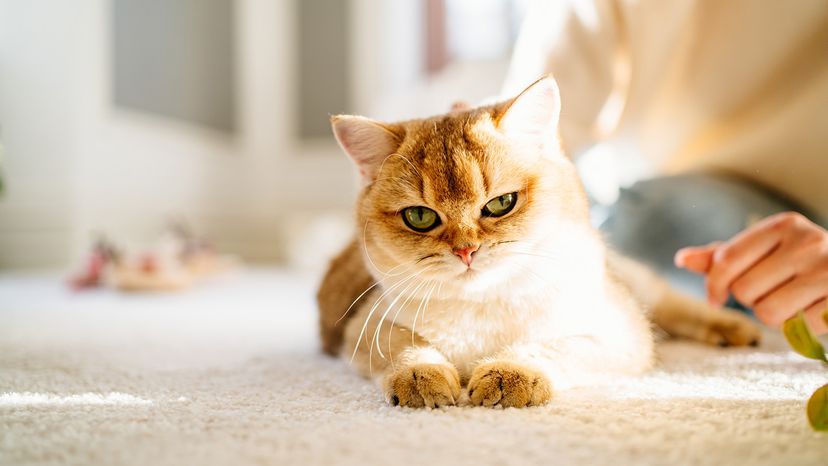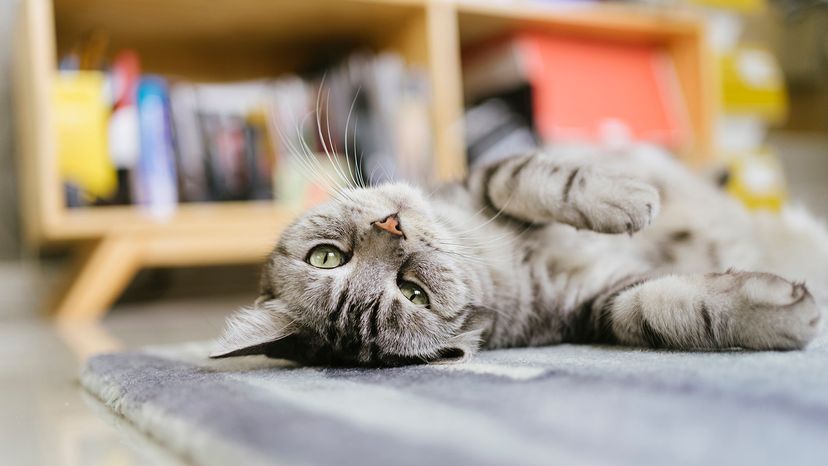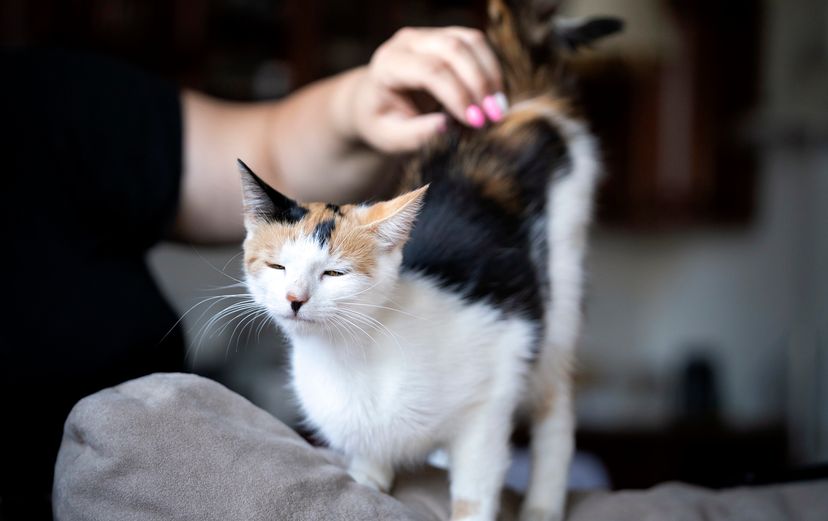
Cat owners may notice odd behavior, loud vocalizing or extra affection from their feline friend and wonder what's going on.
The answer is often that cats in heat are experiencing a natural but intense part of their reproductive cycle. Unlike dogs, cats have multiple heat cycles per year and can display some very noticeable changes.
Advertisement

